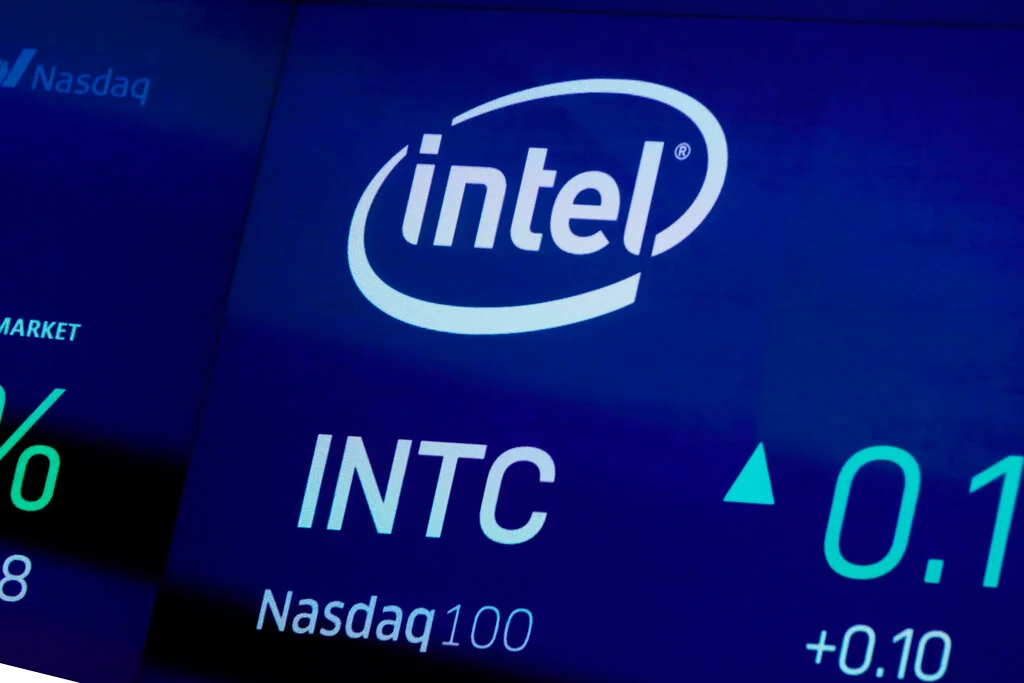Unlocking Intel Stock: Strategies for Maximizing Your Investment in 2025

As we step into 2025, the landscape of technology and investment is evolving at an unprecedented pace, making it an exciting time to consider Intel stock. Once a dominant force in the semiconductor industry, Intel is now at a pivotal crossroads, presenting new opportunities for savvy investors. Whether you’re a seasoned trader or a casual investor, understanding the dynamic strategies to maximize your investment in Intel can set you on a path toward financial success.
This article will delve into the key trends, market analyses, and insights that can help you unlock the potential of Intel stock. From innovative product launches to strategic partnerships, we’ll explore the factors that could drive significant growth. Join us as we uncover actionable strategies to navigate Intel’s future and make informed investment choices in this high-stakes environment. Your journey to optimizing your Intel investment begins here!
Overview of Intel Corporation: A Brief Company History
Intel Corporation, founded in 1968 by Robert Noyce and Gordon Moore, revolutionized computing with innovations like the first microprocessor (1971) and Moore’s Law. Early milestones include the 1103 DRAM chip (1970) and the 4004 microprocessor, which laid the groundwork for modern PCs. Over decades, Intel expanded into data centers, AI, and foundry services, cementing its role as a semiconductor leader despite challenges like supply chain disruptions and rising competition.
Current Market Position of Intel Stock
As of May 2025, Intel’s stock (NASDAQ: INTC) trades at $21.00, with a market cap of $91.6 billion. Despite a negative P/E ratio (-4.69) and ROE (-18.66%), the stock shows resilience with a 3.4% YTD gain, supported by AI-driven demand and cost-cutting measures. Analysts highlight its undervalued status compared to peers like AMD and NVIDIA, though semiconductor sector volatility remains a concern.
Factors Influencing Intel Stock Performance in 2025
1. Technological Advancements: Intel’s 18A node, featuring RibbonFET and PowerVia, aims to challenge TSMC’s dominance with 10% lower power consumption. Risk production began in Q1 2025, targeting mass production by year-end.
2. AI and HPC Demand: Partnerships with NVIDIA and Microsoft for AI chips and data center solutions could boost revenue.
3. Financial Restructuring: A $1.5 billion cost-saving plan from layoffs and asset sales (e.g., Altera) aims to stabilize margins.
4. Geopolitical Risks: U.S.-China trade tensions and export controls threaten supply chains and market access.
Analyzing Intel’s Financial Health and Key Metrics
Q1 2025 Results: Revenue of $12.7 billion beat expectations, but a $821 million net loss reflected restructuring costs.
Debt and Liquidity: Total debt stands at $85.8 billion, with a manageable current ratio of 1.31. However, negative free cash flow (-$2.7 billion) signals short-term strain.
Valuation: A P/B ratio of 0.92 suggests undervaluation, but ROA (-9.97%) indicates inefficiency.
Investment Strategies for Intel Stock
Long-Term Hold: Focus on Intel’s foundry expansion and AI chip roadmap. Analysts project a 2025 target of $23.05, rising to $759 by 2050.
Dollar-Cost Averaging: Mitigate volatility by accumulating shares during dips below $20.
Sector Diversification: Balance Intel with defensive tech stocks to hedge against sector-specific risks.
Risks and Challenges Facing Intel Investors
Execution Risks: Delays in 18A production or customer adoption (e.g., NVIDIA testing) could derail growth.
Competition: TSMC’s 2nm node and Samsung’s SF2 threaten Intel’s foundry ambitions.
Macro Headwinds: Inflation and interest rate hikes may reduce IT spending.
Long-Term vs. Short-Term Investment Approaches
Long-Term: Bet on Intel’s IDM 2.0 strategy and CHIPS Act subsidies to regain market share by 2030.
Short-Term: Trade on volatility around earnings reports and technical signals (e.g., Bollinger Bands)。
Expert Opinions and Predictions for Intel Stock
Bullish Take: Goldman Sachs cites undervalued AI and foundry potential with a $26 target.
Neutral Outlook: Citigroup warns of “prove-it mode” execution risks, setting a $21 target.
Bearish View: Rosenblatt Securities highlights debt and margin pressures, maintaining a “sell” rating.
How to Monitor and Adjust Your Intel Investment
Track Key Metrics: Quarterly revenue growth, 18A yield rates, and debt-to-equity ratios.
Follow Industry Trends: Monitor TSMC’s 2nm progress and AI chip demand from cloud providers.
Use Stop-Loss Orders: Limit downside risk at 5-7% below entry points for short-term trades.
Conclusion: Making Informed Decisions for Your Intel Investment
Intel’s turnaround hinges on executing its 18A/14A roadmap and stabilizing finances. While risks like competition and debt persist, its $7.8 billion CHIPS Act funding and AI partnerships offer long-term upside. Diversify portfolios, stay updated on earnings calls, and align strategies with risk tolerance to navigate Intel’s high-reward, high-risk landscape.